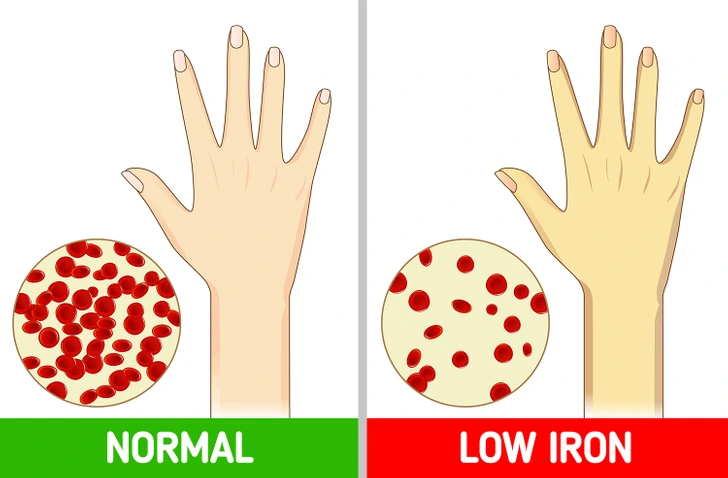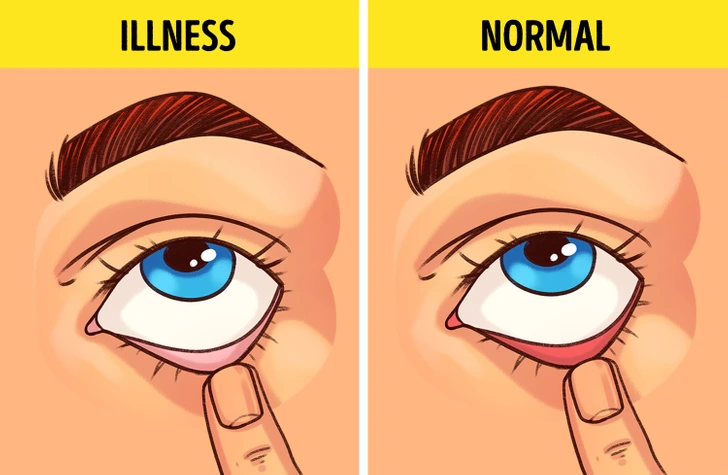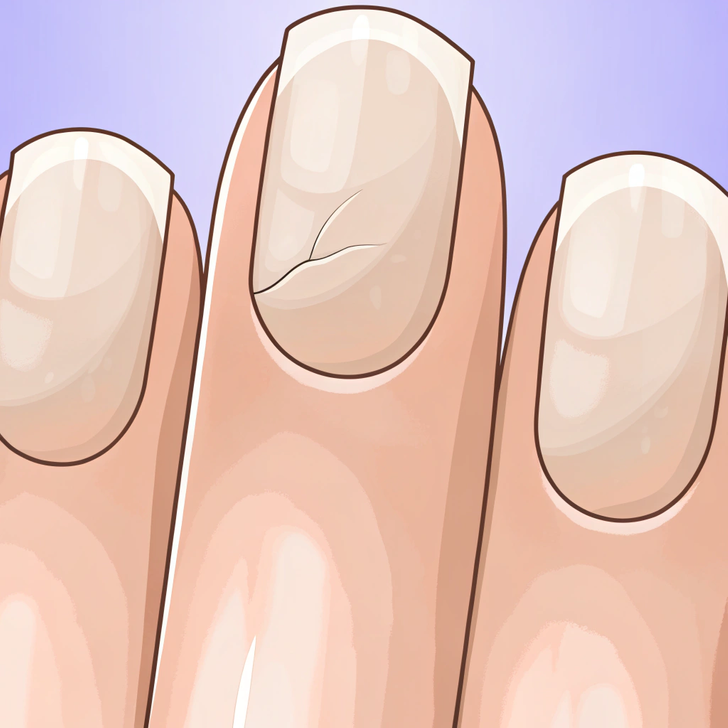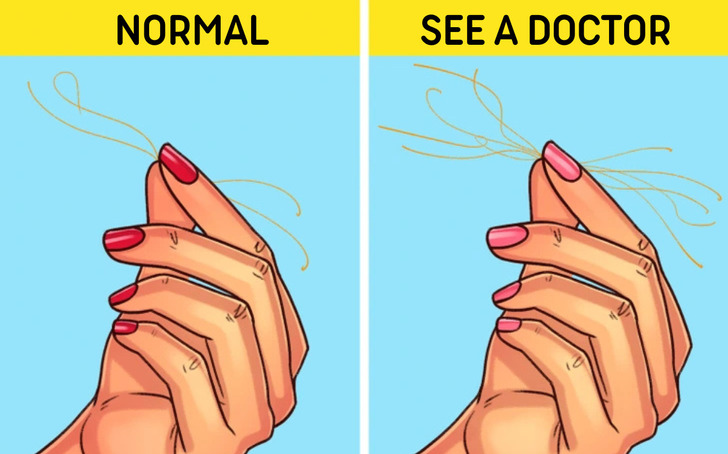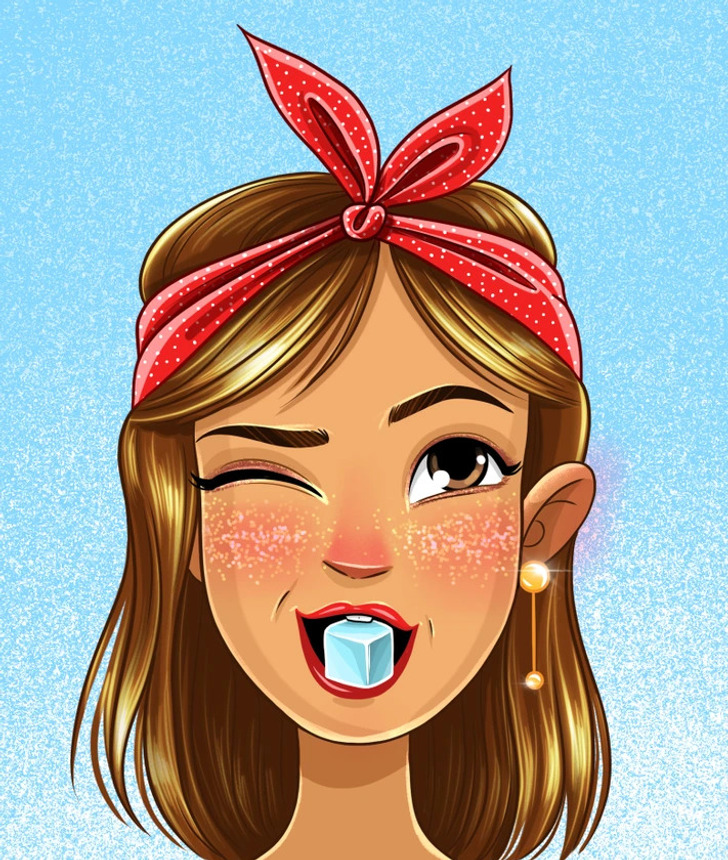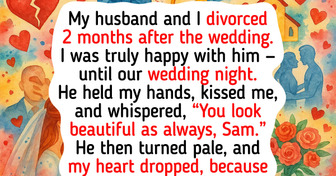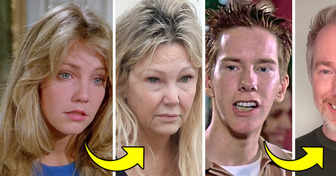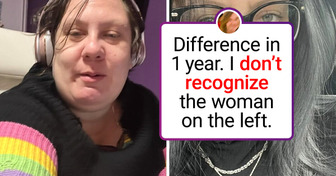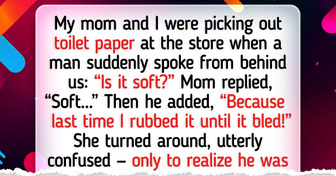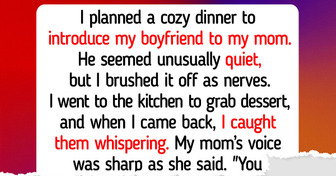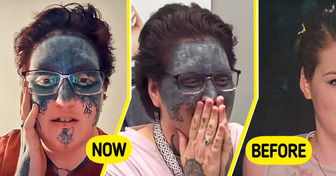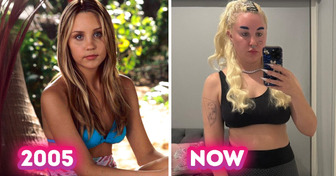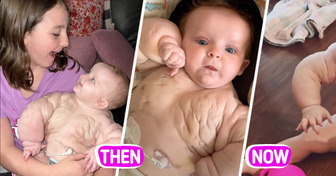I Was Shocked to Stumble Upon a Phone Recording Me While I Was Changing in My Closet
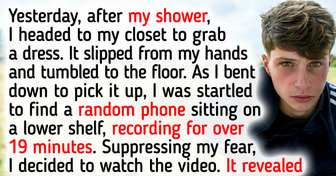
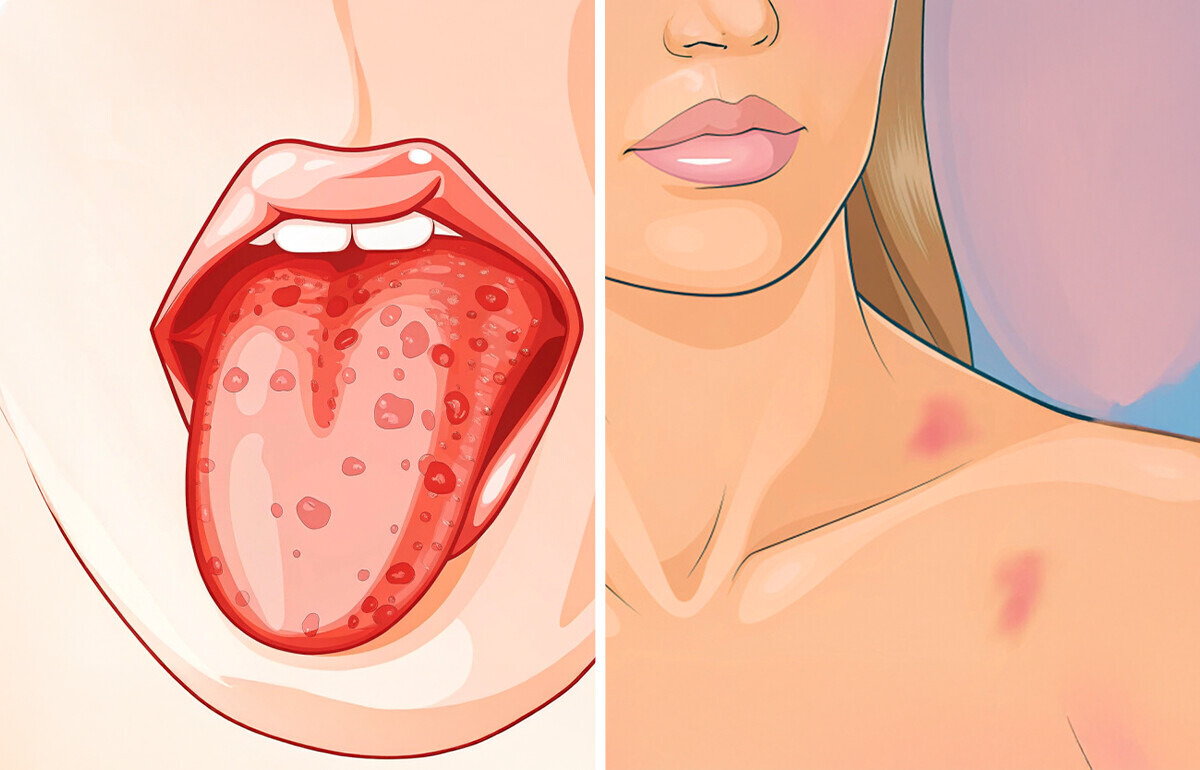
Low iron levels can silently sabotage your well-being. From unexplained fatigue to brittle nails and dizzy spells, the signs often blend into daily life and go unnoticed. Iron is essential for oxygen transport, immune strength, brain clarity, and more. When it’s missing, the body starts sending warnings — sometimes quietly, sometimes urgently.
Content is provided for informational purposes only and is not intended as a substitute for medical advice. Seek guidance from your doctor regarding your health and medical conditions.
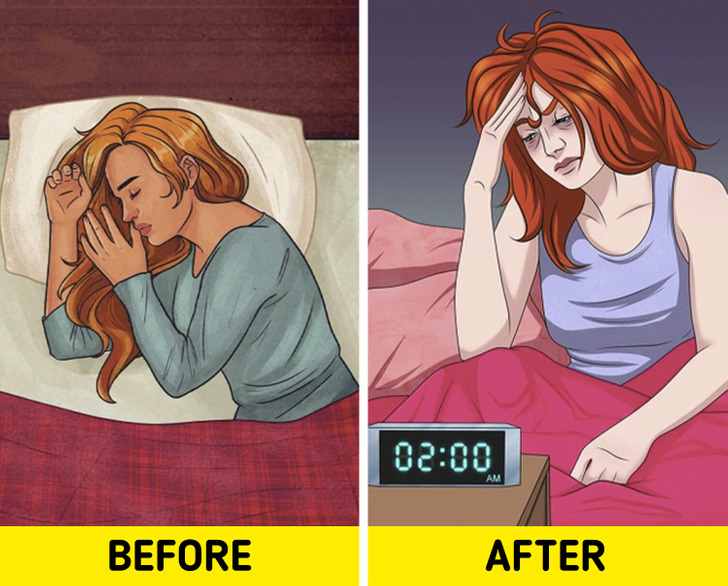
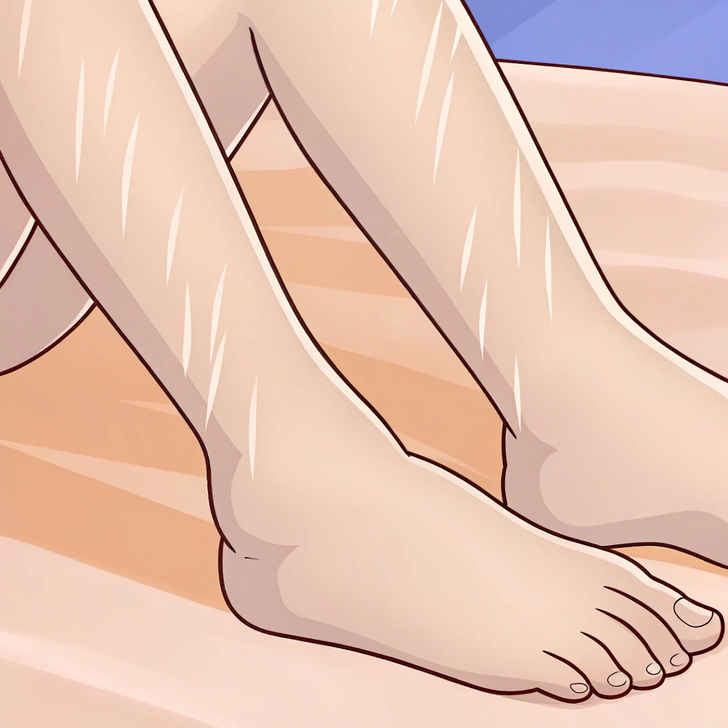
What happens inside your body?
Low iron affects dopamine, a neurotransmitter involved in movement. Your legs feel jumpy, twitchy, or like they have a mind of their own — especially when you’re trying to relax or fall asleep. This is known as Restless Legs Syndrome (RLS), and it’s surprisingly common among people with iron deficiency.
Does this sound like you?
If your legs feel uncomfortable at night and you constantly feel the need to move them, it’s worth exploring further.
Curious fact:
One study found that up to 25% of people with RLS also had low iron — and symptoms improved when iron levels were restored.
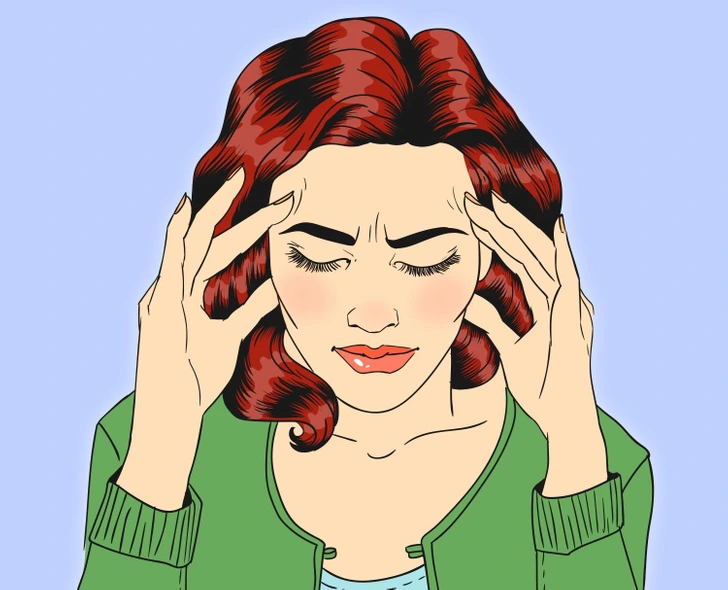

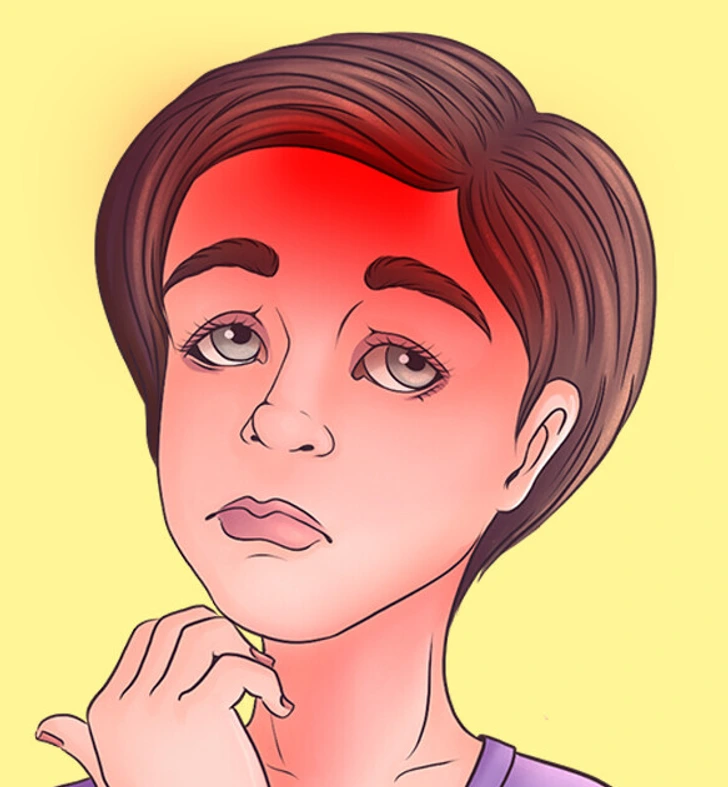
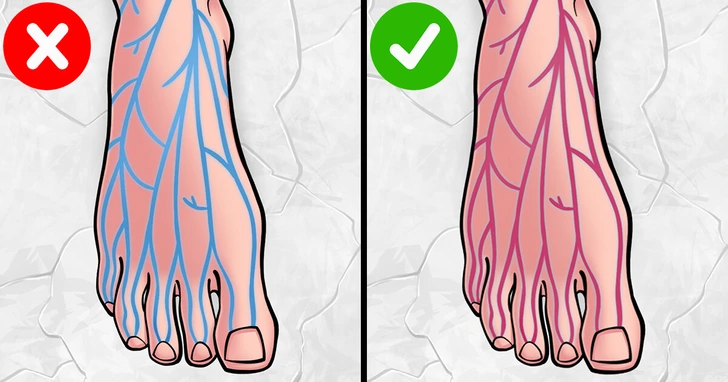
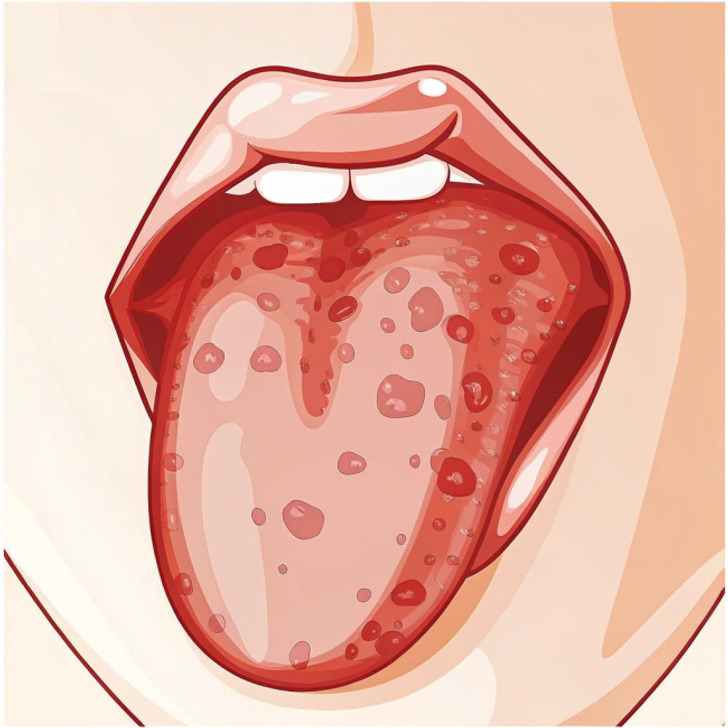
What happens inside your body?
Without enough iron, the papillae on your tongue (those tiny bumps that help you taste) can shrink or disappear. This leads to a smooth, swollen, or sore tongue that feels weird in your mouth. You might also lose some of your sense of taste — or food just doesn’t seem as flavorful as it used to.
What to look for?
Burning, pain when eating spicy or acidic foods, or a strange “slick” feeling on your tongue. It’s not your imagination — it’s your body whispering a clue.
Curious fact:
This condition is called “atrophic glossitis” and was once used by physicians as a diagnostic sign before lab tests were widely available.
